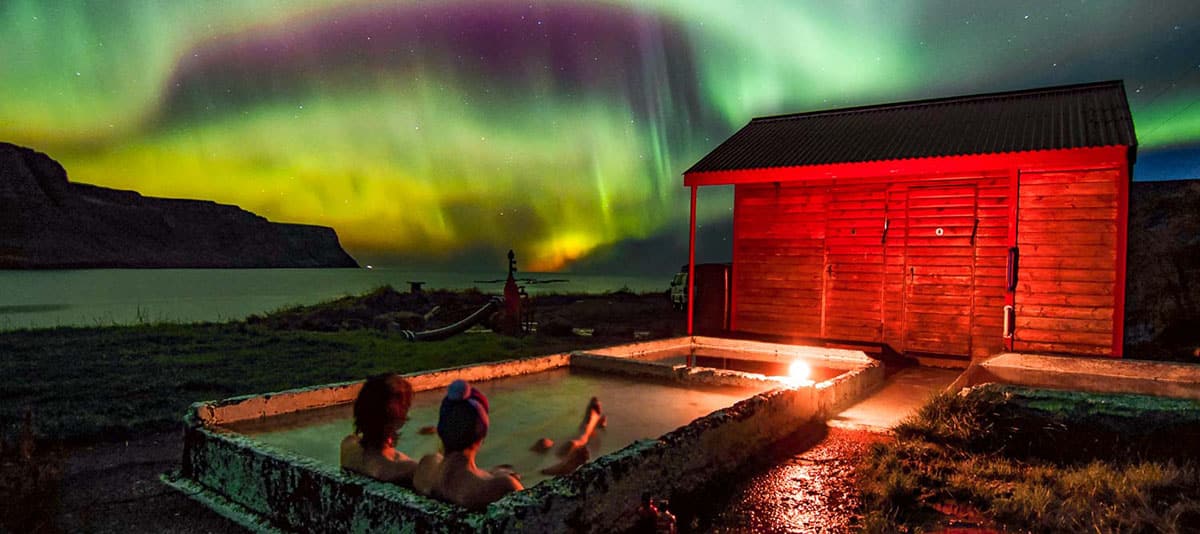
One of the most beautiful natural phenomena that we can see are the Aurora borealis. This night sky luminescence appears in both hemispheres, but it is called boreal when it occurs in the northern hemisphere.
A great destination to enjoy these, also called, "northern Lights"It's Iceland. So, today we are going to focus on what they are like, when they appear and where they appear. Northern lights in Iceland.
Northern Lights
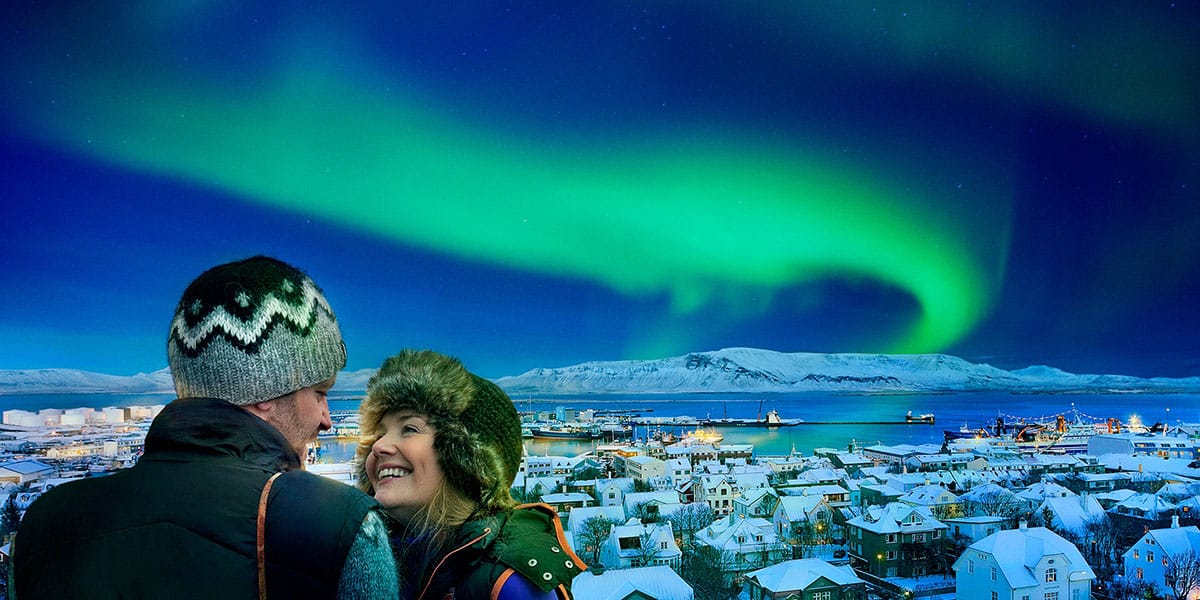
As we said, it is a form of luminescence that occurs at night in polar areas, although they can occur in other parts of the world. How is this phenomenon produced? It turns out that the sun emits charged particles that collide with the magnetic field of planet Earth, the magnetosphere, which is formed by invisible lines that start from the poles.
When the solar particles collide with this sphere that somehow protects the planet, they begin to move through the sphere and are stored in the magnetic field lines until they reach the limit, and then they shoot out taking the form of electromagnetic radiation on the ionosphere. Y here is, we see these greenish lights so beautiful.
See Northern Lights in Iceland
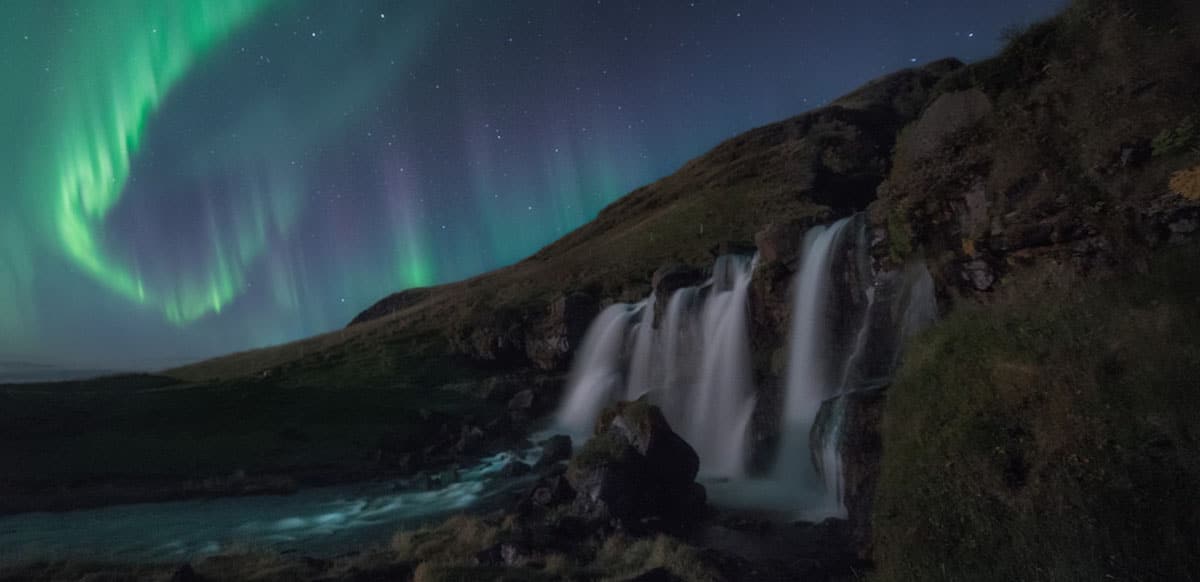
It has to be said that Iceland is one of the best destinations in the world to enjoy this phenomenon magical. Precisely at the southern end of the Arctic Circle. Here you can see the Northern Lights practically every night, even on the warmest nights in Scandinavia.
Also, Iceland is not a very populated country, so it has that great advantage, since there are barely 30 people in the entire territory. That is to say, there are no large urban populations that cover the night sky with their lights, so it is easy to see the "northern lights" if you go on a trip to Iceland.
Then, When is the best time to go to Iceland if we want to see the Northern Lights? If you want accuracy, then when the sun is at its most active in the eleven-year circle of activity. That will happen in 2025, according to experts, so you can plan ahead. It's not that long either. But of course, this does not mean that you cannot see them before.
In fact, Northern lights season in Iceland takes place between September and March, when the nights are longest in Iceland (especially during the winter solstice the dark night can last 19 hours).
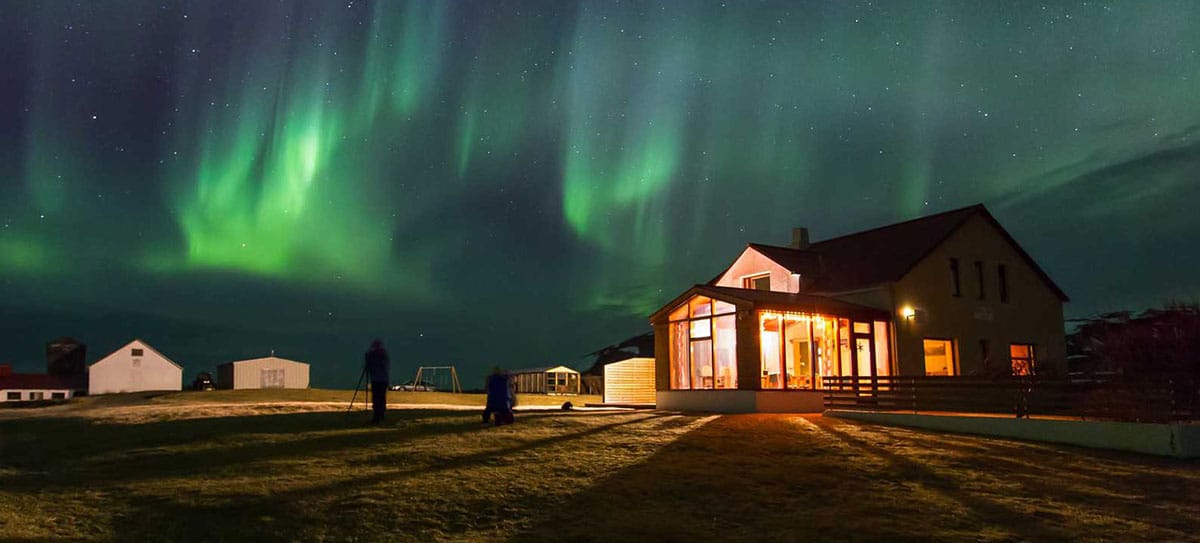
What you have to keep in mind is that if you go to Iceland you should not plan to go see the northern lights on a full moon nightBecause you won't see anything. The ideal is to arrive about five days before the full moon, then you will have a good week of dark nights to add chances of seeing auroras.
Summarizing, it is a good idea to visit Iceland near one of the two equinoxes of the year. Equinox means precisely an equal night, where there are 12 hours of day and twelve hours of night. It is during this time that the electromagnetic field of the solar wind faces the Earth at the optimum angle. Thus, we can get to see boreal explosions full of brightness and color. When is the next equinox? March 23, 2023. Aim!
Focusing on Iceland, you have to know that the northern lights are visible for short periods in the months of may to august, precisely because it is never that dark in the summer, so I do not advise you to go on those dates. September to March is the peak season for Northern Lights in Iceland because the nights are longer. Just try to be looking at the sky as soon as the sun begins to go down.
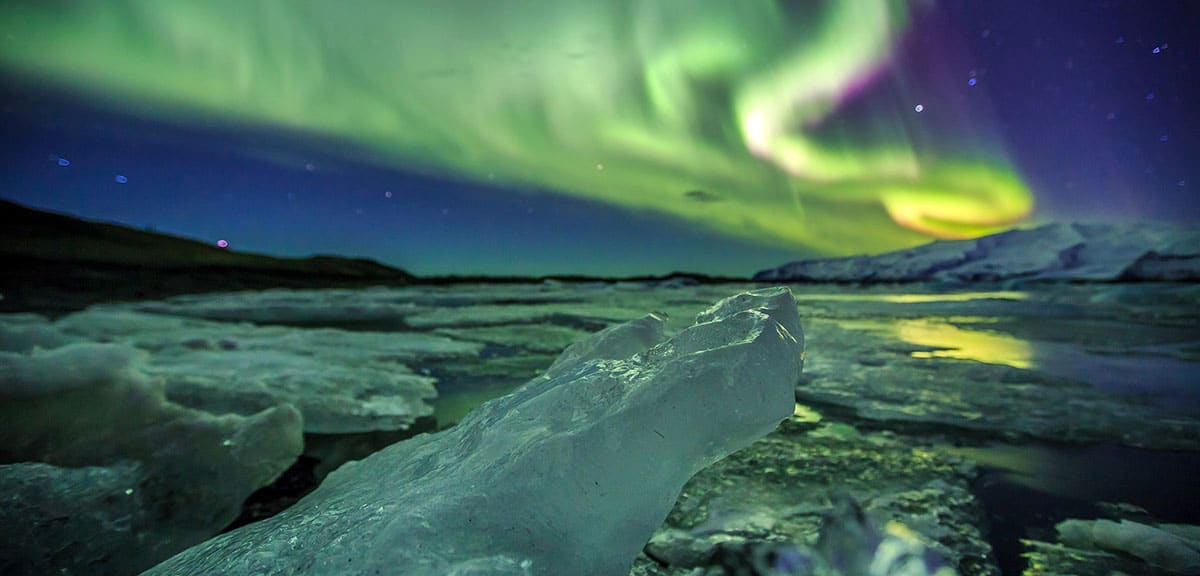
It is very cold? Well yes, but the Gulf Stream makes Iceland a little less cold than Alaska, Finland, Norway, Sweden or Canada to see these green lights in the skies. Thus, we are not going to freeze to death looking at the stars.
Which places in Iceland are ideal for seeing the Northern Lights? If the northern lights are intense, you will be able to see them from the capital, Reykjavík, but it is always a good idea to plan a trip to the outskirts or to other destinations so that there is no pollution in the air and you increase your chances.
For example, the Thingvellir National Park is a very popular site, also the reykjanes peninsula around the capital, with the famous Blue Lagoon, is a very good place. Another recommended destination is Hella. Here you can sign up at the Hotel Rangá, which has outdoor saunas and offers a Northern Lights alert service.
About Hofn auroras can also be seen. here is the Jökulsárlón glacier lagoon, where icebergs are seen breaking off the glacier towards the sea. It is, in fact, a super classic place to photograph the northern lights, from a nearby frozen beach.
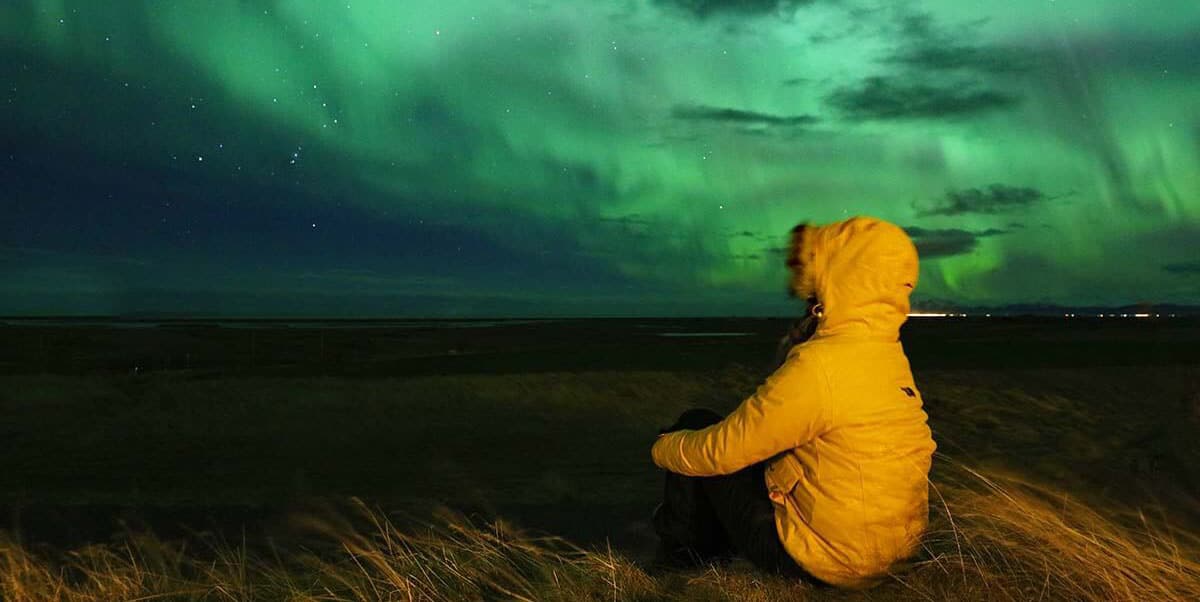
We can't forget about the small town of skogar, whose main attraction is the Skógafoss waterfall. In season you will see the auroras over the waterfall itself and how the green lights reflect on the water. It is something very beautiful and the typical photo of the northern lights in Iceland. If by chance you go on a full moon night you will see the moon bow, a rainbow that is produced by the spray from the waterfall and the strong moonlight. Of course, you will not see auroras.
A few hours' drive from Reykjavik is the snaefellsnes peninsula, a wild area with zero atmospheric pollution. There are many accommodation offers, typical of outdoors. From cheap to luxurious options.
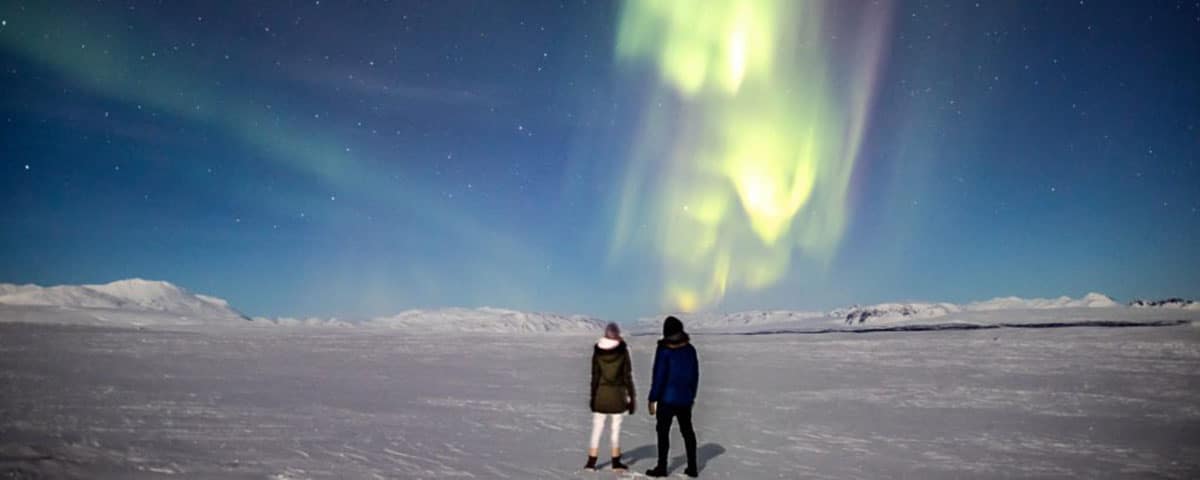
Finally, when it comes to seeing the Northern Lights in Iceland always should take a look at the weather forecasts. And indeed, there are forecasts of the northern lights. The SolarHam is a site that offers a forecast of at least three days for "aurora hunters". there is also the Aurora Forecast app, which shows us the oval of the aurora around the Arctic Circle indicating the probability of seeing them from where you are. That is indicated from green to red, with vibrant red indicating that you are in the right place and at the right time.
Of course, Iceland knows how to take advantage of its exquisite position in relation to the auroras, so there are many tours that you can hire. These are excursions between three and five hours They visit several places every day.
They provide transportation and guide, but you should worry about special clothing against the cold. Tours generally depart around 6 pm each night, always depending on the degree of visibility, weather and other factors. If it's cancelled, you can ask for your money or sign up for another tour. I'm talking about companies like Reykjavík Excursions and Gray Line's Northern Lights Tour, for example.